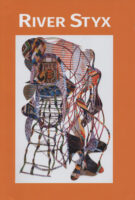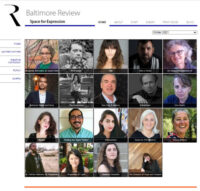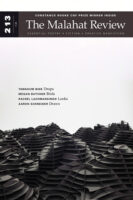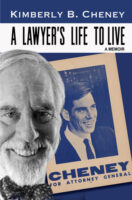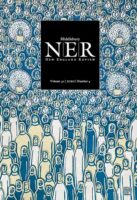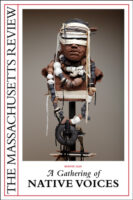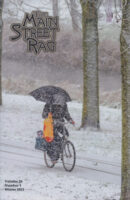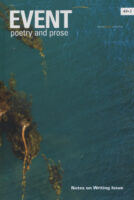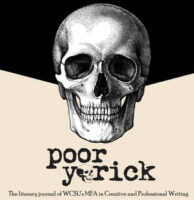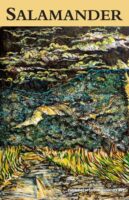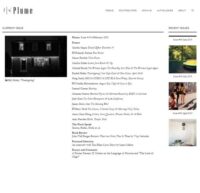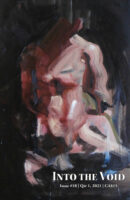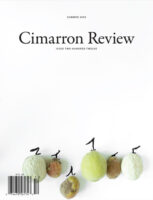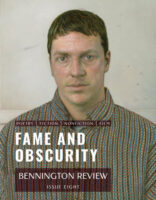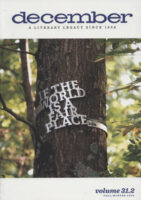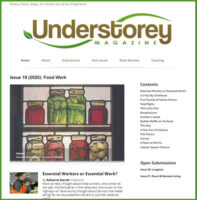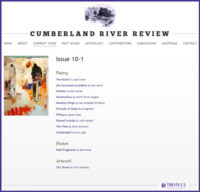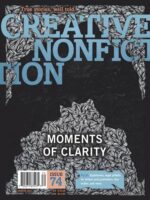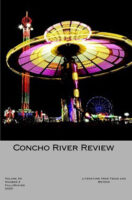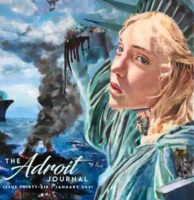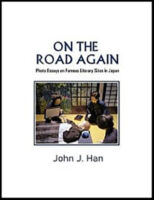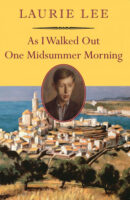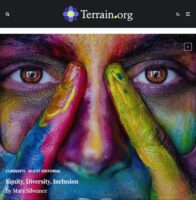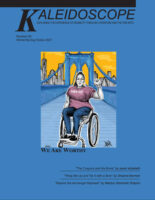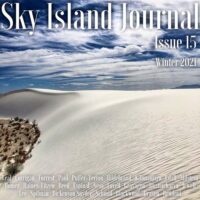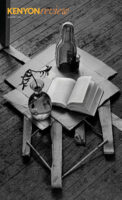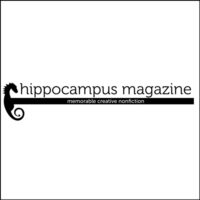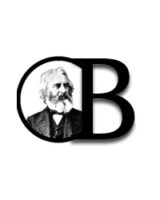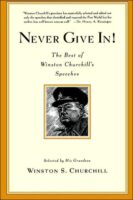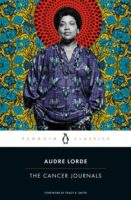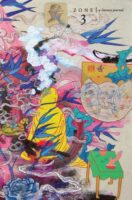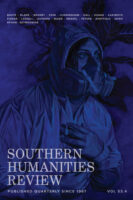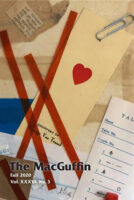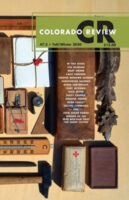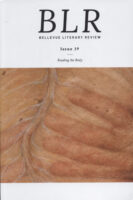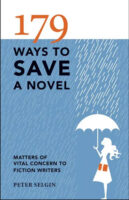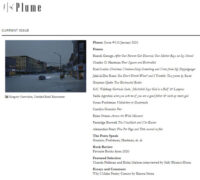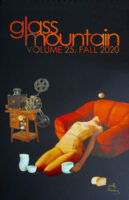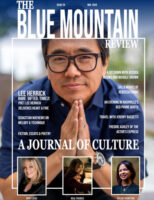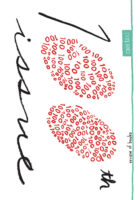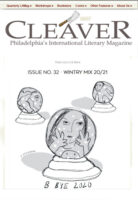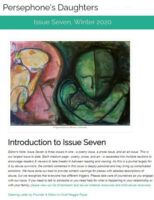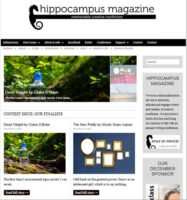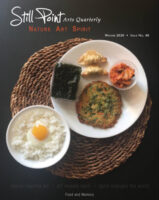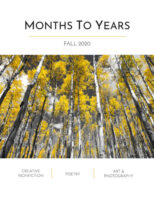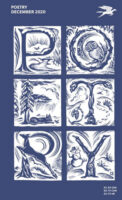
Guest Post by Glen Donaldson.
Last year I went along to see an arthouse movie a lot of people were raving about starring William Dafoe and Robert Pattison called The Lighthouse. I wasn’t that fussed on it but it led me to seek out an autobiography of sorts published the same year called The Last Lighthouse Keeper.
Exhilarating, profound and exquisitely written, probably the highest compliment you can pay a memoir once you’re done reading it is think to yourself—even if it’s only for a few brief moments—”I wish I’d lived that life.” That’s how I feel about The Last Lighthouse Keeper.
John Cook spent twenty-six years as one of Australia’s longest serving lighthouse keepers. In the 1960’s, he was running a service station and picking up the pieces after a marriage breakup. Seeing an ad one day in the local newspaper, he applied for a position with the Australian Commonwealth Lighthouse Service. So began his decades-long love affair with ‘a life in the lights.’
The book centers chiefly on his time spent on two Tasmanian lighthouse islands, Tasman and Maatsuyker (the last spot between Australia and Antarctica). It ends with his transfer to a third, Bruny, where he stayed on for another 15 years.
The presiding tone of the book is summarized on page 55 when the author, referring to his first posting on Tasman Island, notes, “Either people come here crazy or this place turns them that way.”
From fisticuffs with fellow lighthouse keepers to removing his own rotten teeth with a wood punch to the microscopic gaps in brickwork that, via howling winds, could turn a lighthouse into an oversized whistle and drive a person insane with the sound, this book is crammed full of riveting anecdotes.
Simply one of the best reads I’ve ever enjoyed.
The Last Lighthouse Keeper by John Cook with Jon Bauer. Allen & Unwin, July 2020.
Reviewer bio: Glen Donaldson pens weekly and uniquely at both SCENIC WRITER’S SHACK and LOST IN SPACE FIRESIDE.
